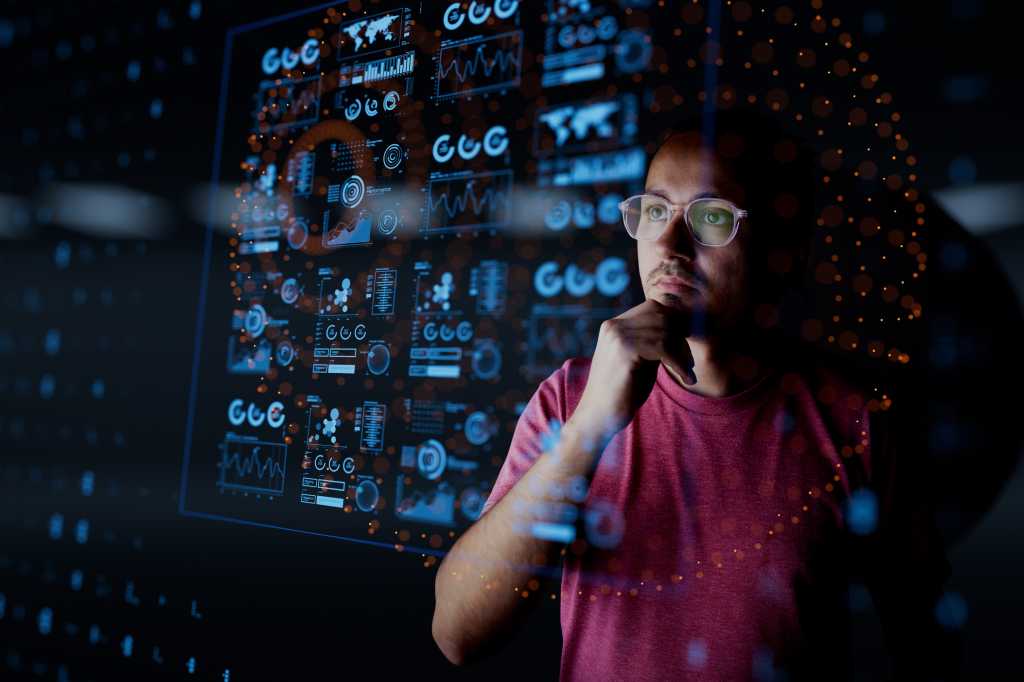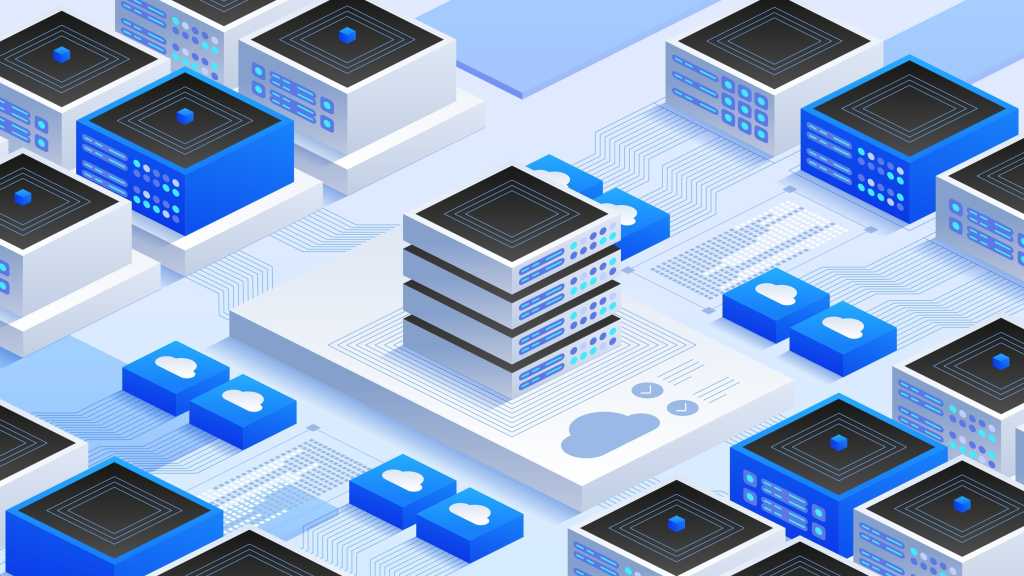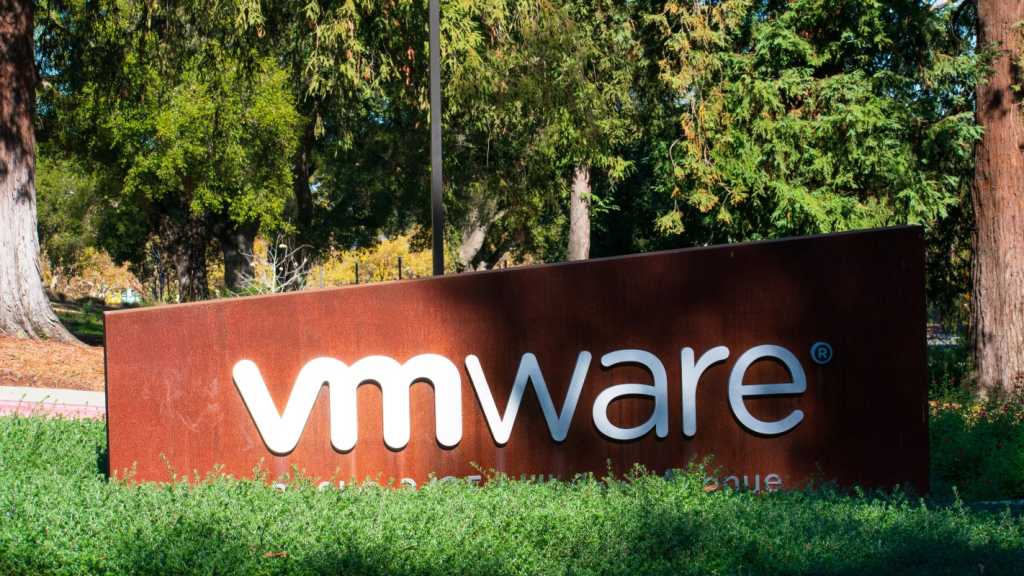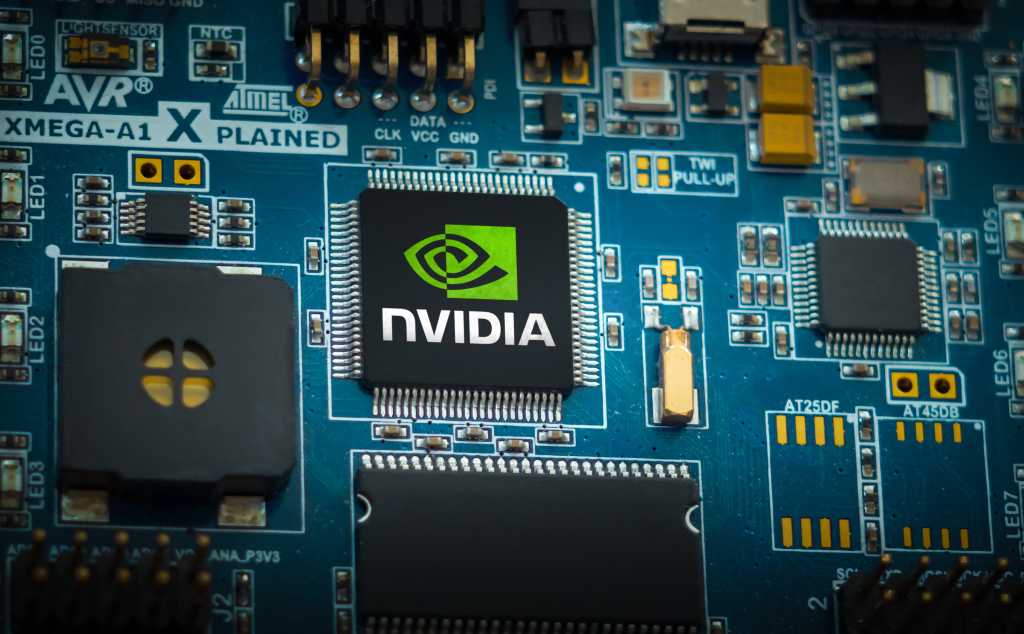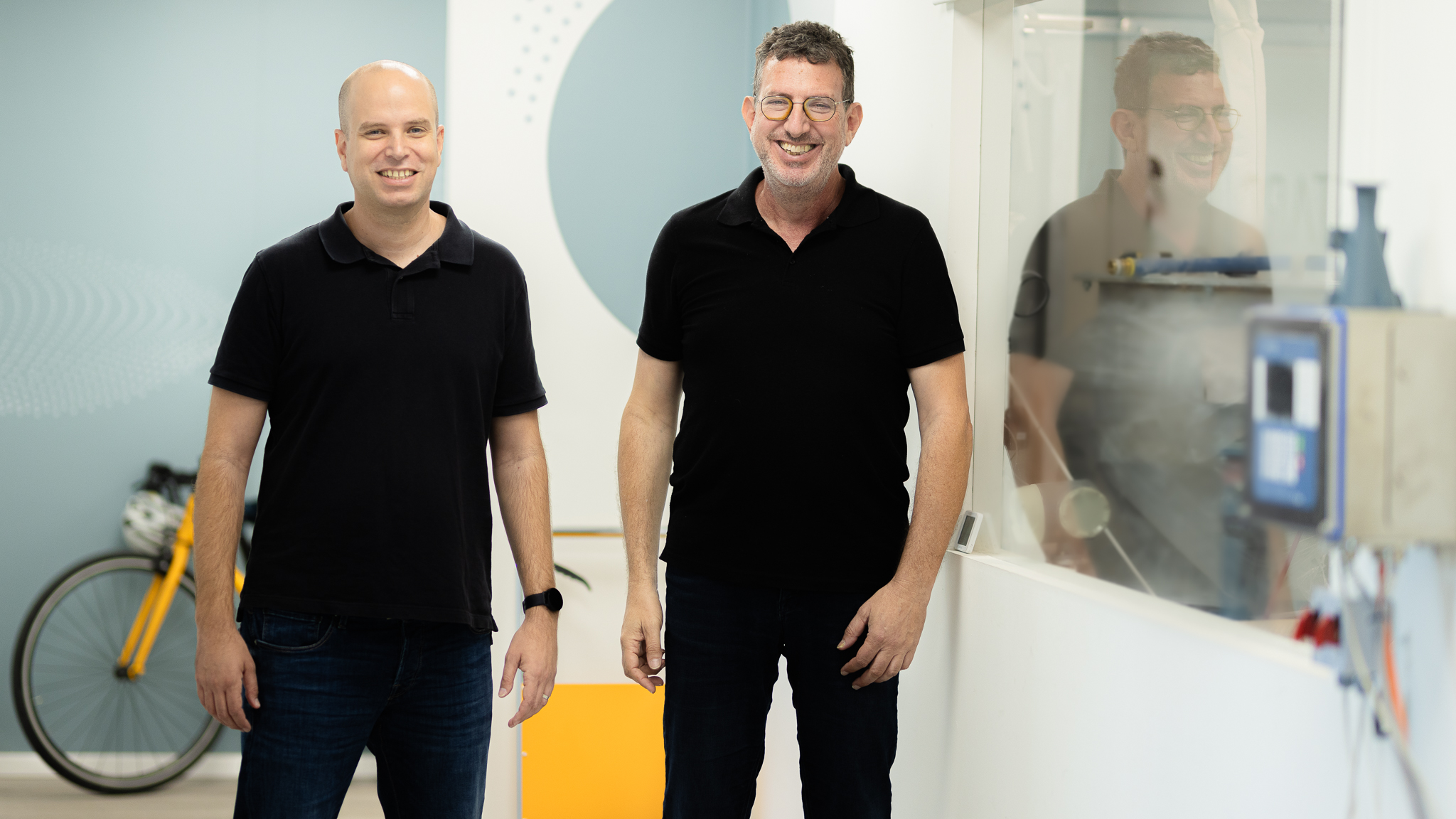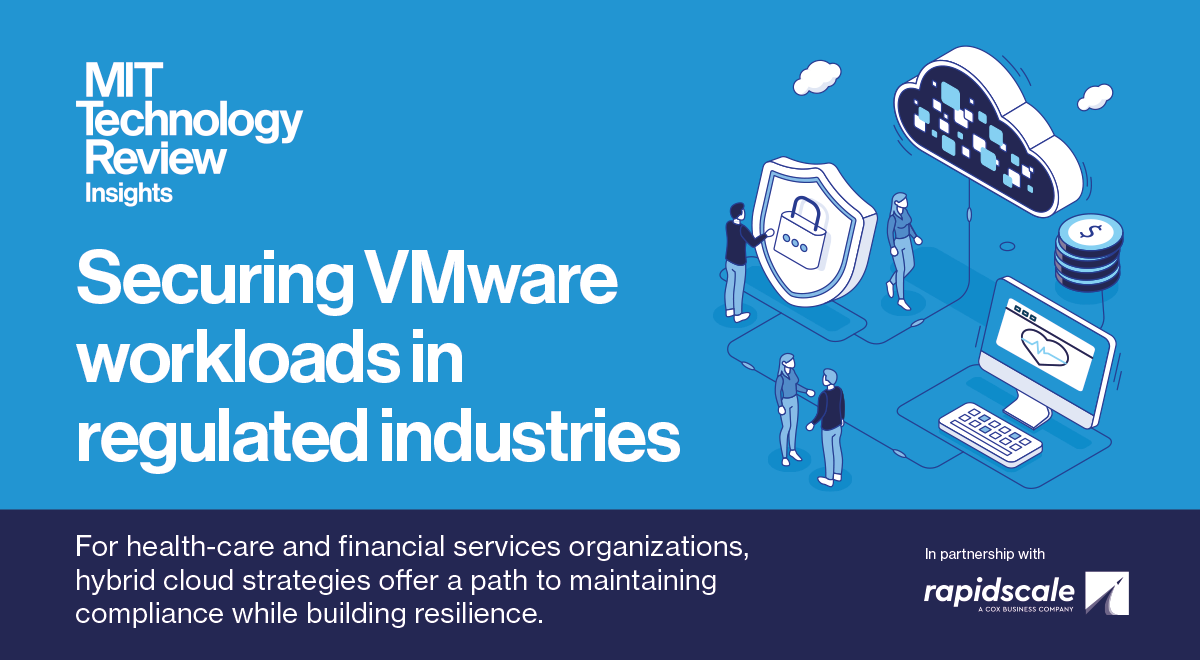Energy leaders from across Scotland and the wider UK will gather in Glasgow next week to discuss the city’s drive to become a net zero tech and innovation hub.
Aberdeen is the home of GB Energy. Edinburgh is the clean energy capital. Now, it’s time to spotlight Glasgow as the UK hub for energy tech and innovation.
Scottish Labour leader Anas Sarwar will headline the E-FWD event on Friday 17 January at Glasgow’s landmark Citation venue.
Sarwar, a Glasgow Central MSP, will provide a strategic briefing alongside Owen Wyatt, chief growth officer at DC Thomson.
Following this, a panel of university and business leaders will engage with Sarwar on a vision to develop Glasgow as a beacon for energy innovation.
 © Supplied by Colin D Fisher
© Supplied by Colin D FisherGuests will include Professor Keith Bell, holder of the ScottishPower chair in Future Power Systems at the University of Strathclyde, and Dr Marie Macklin CBE, founder and executive chair of the Halo Urban Regeneration Company.
“We are incredibly excited to bring together so many remarkable academic experts and business leaders to help shape Glasgow’s place in the global energy transition,” Wyatt said.
“An opportunity of this size and kind can only come to its fullest potential if we all work together. E-FWD, sister brand to Energy Voice, helps bring the right parties together.
“Our role is to help deliver a secure, clean energy transition. By amplifying voices and vision, we will help ensure Glasgow is a globally recognised hub for energy tech and innovation.”
The event aims to explore how Glasgow can cement its future as the UK’s “leading hub for energy technology and innovation”, and will feature a Q&A for attendees held under Chatham House rules.
E-FWD Glasgow
- Glasgow: The UK’s energy tech & innovation hub – with Anas Sarwar MSP
- Date: Friday, 17th of January 2025
- Time: 8-11am
- Location: Citation, Glasgow
Click here to register interest in this event.
Glasgow’s net zero ambitions
Since hosting the United Nations COP26 Climate Change Conference in 2021, Glasgow has been working to position itself as a net zero financial centre.
Former Bank of England governor Mark Carney launched the Glasgow Financial Alliance for Net Zero (GFANZ) at COP26, and since then Scotland’s largest city has continued to steadily climb various global financial rankings.
Major banks including Barclays and JP Morgan have opened new offices in Glasgow in recent years.
The city also hosts large offices of energy firms including ScottishPower, SSE and Norway’s Statkraft, alongside Scottish Renewables.
Glasgow is also emerging as a hub for energy start-ups, including the likes of Sulmara, Synaptec and Clyde Hydrogen, and it could be set for further investment.
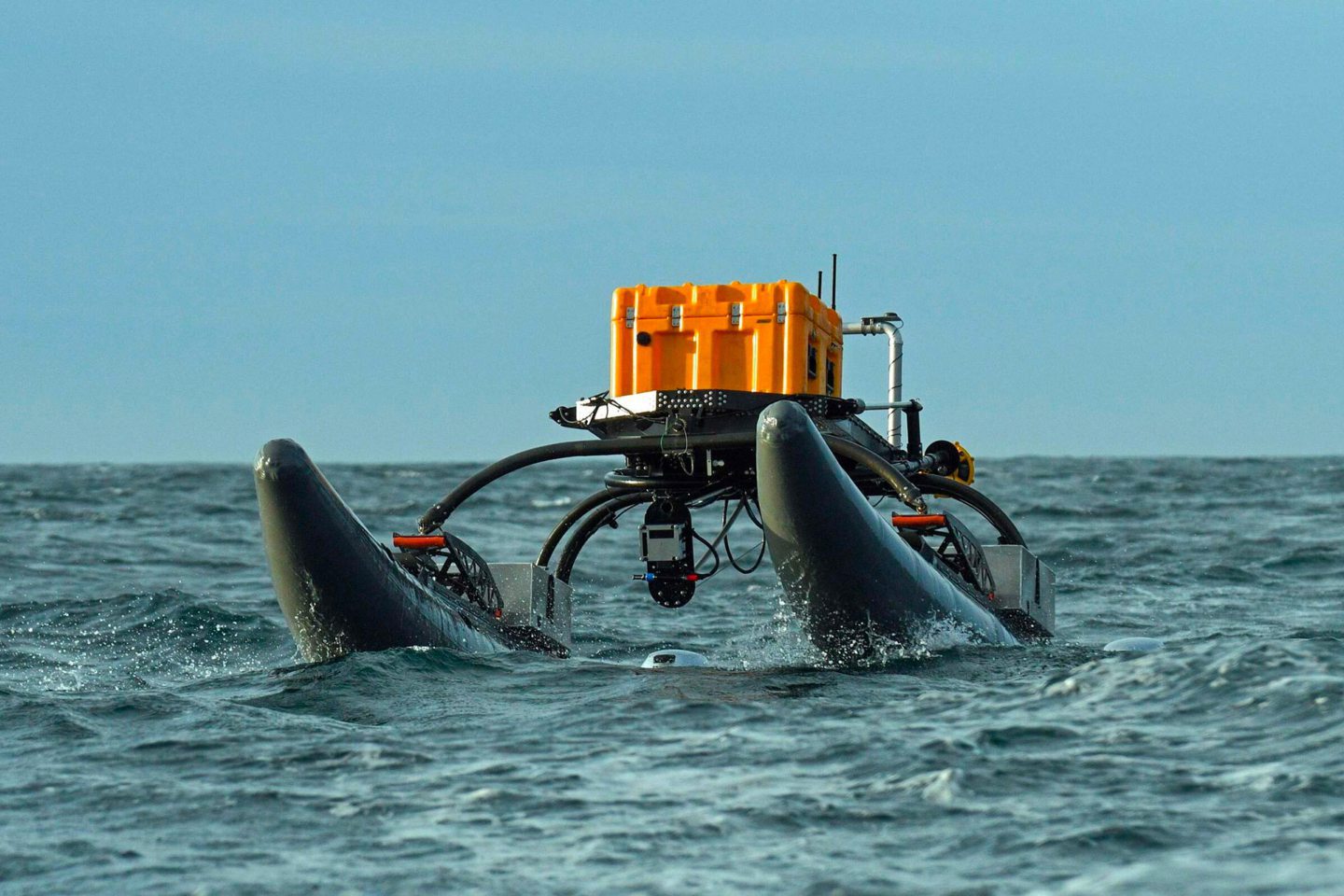 © Supplied by Sulmara
© Supplied by SulmaraIn 2023, the UK government designated the Glasgow City Region as one of two Scottish investment zones.
Glasgow will also host a satellite office for the publicly-owned GB Energy, alongside Edinburgh and the main headquarters in Aberdeen.
Home to renowned energy research institutes at Strathclyde and the University of Glasgow, the city is also at the forefront of Scotland’s green hydrogen ambitions.
Scottish Enterprise is establishing a hydrogen innovation centre in Glasgow alongside Germany’s TÜV SÜD, while ScottishPower’s nearby Whitelee wind farm is among the first green hydrogen projects to receive UK government funding as part of the first hydrogen allocation round.
But transitioning Scotland’s economy after decades of reliance on oil and gas will not be without its challenges, with major banks also under scrutiny for their commitment to net zero goals.
Recommended for you

Is Scotland set to miss out on a UK nuclear energy renaissance?


